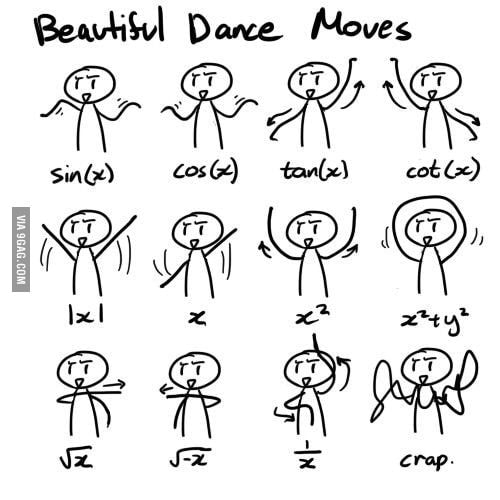Determining the shape of the earth is something I have written about previously. For instance, see this post on seeing the shape of the earth using eclipses. (A somewhat similar effect could be seen in my photo of the moon during a lunar eclipse). On the web, I found another way of computing the shape of the earth through studying the turbulent wake of a ship.
An interesting challenge that remains has to do with how we reconcile projections of the earth with the actual shape of the earth. For instance the Mercator projection distorts what are straight lines into curves and vice versa. Of course complicating all this is the fact that what we think of as straight lines needs to be reconfigured somewhat to meet the demands of a spherical surface i.e. the whole idea of a great circle.
I recently came across a very cool web site which uses Googlemaps to map a straight walk on the surface of the earth. Check out map.talleye.com
The moment you try this out you realize just how complex a process it is to go from the Mercator projection to understanding the same path on a sphere. This also reminded me of the maps of the earth that show the demarcation of day and night on its surface. Check it out at daylightmap.com.
[More information on the Mercator projection can be found here and on great circles here.]


Absolutely fascinating. I have just spent a very interesting 20 minutes on map.talleye.com. Have bookmarked this for future reference…
Very intriguing! I notice the same thing when flying across the country on a 747, with the monitors that show you where you are relative to the ground.